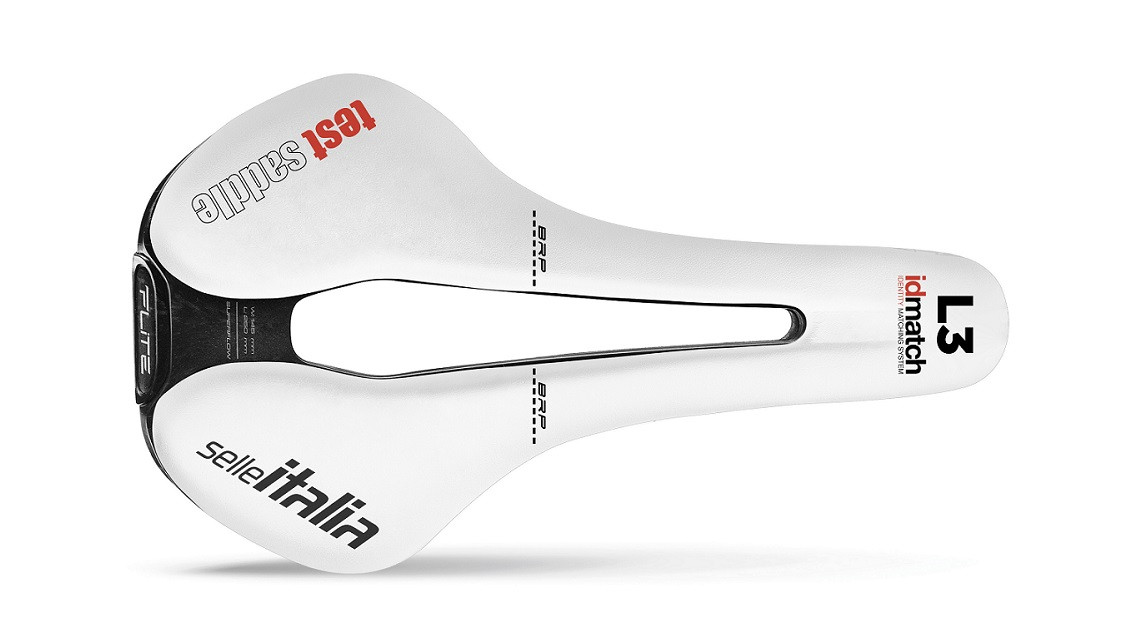WOMEN'S SADDLES: HIP WIDTH

When speaking about choosing the ideal saddle for women, a common topic is often the width of women’s hips, which according to some are wider than those of men.
In reality this is absolutely false and is the perfect example of how evaluations can be completely wrong in the absence of in-depth and multi-directional studies.
The source of the error lies in the anatomical observation of male and female hips, without taking into account the body of the person to whom the hips belong.
To better clarify this concept, the explanation must be split into two parts.
Men and women: what are the differences?
Without a shadow of a doubt, female hips have a different shape compared to those of males, for reasons which we all know.
In regards to cycling, it can be said that the contact area, in particular the pubic area and the two large ischial tuberosities, present a number of differences.
In males, the ischiatic arch, that is, the small bridge-like structure connecting one ischial tuberosity to the other, is narrower at the base with a much more pronounced roof. In women on the other hand, the ischiatic arch is much lower with a more open base.
This morphological difference has led to many “illustrious” characters in the cycling world to claim that women’s ischial bones are wider than men’s, however all this is true only if the two sets of hips, male and female, are the same size.
Given however that more than 70% of women (in particular those who practice cycling) have an average body size and therefore average hip size distinctly smaller than the male average, the average distance between the two ischial tuberosities of women is no wider than that of men.
Scientific validation
A study conducted on a multi-ethnic cycling population sample of 49,785 people, divided into males and females, showed that the highest percentage of male subjects (24%) presented an ischial bone distance of 121 mm, while 24% of women presented a distance of 111 mm.
If we widen the range slightly, we see that 61% of men present a value between 116 and 126 mm, while 60% of women present a value between 106 and 116 mm.
In conclusion, even scientific data has definitively confirmed that which we anticipated at the start, that is, that women’s hips are slightly narrower than those of men, for the simple reason that the average female body is smaller than the average male body.









